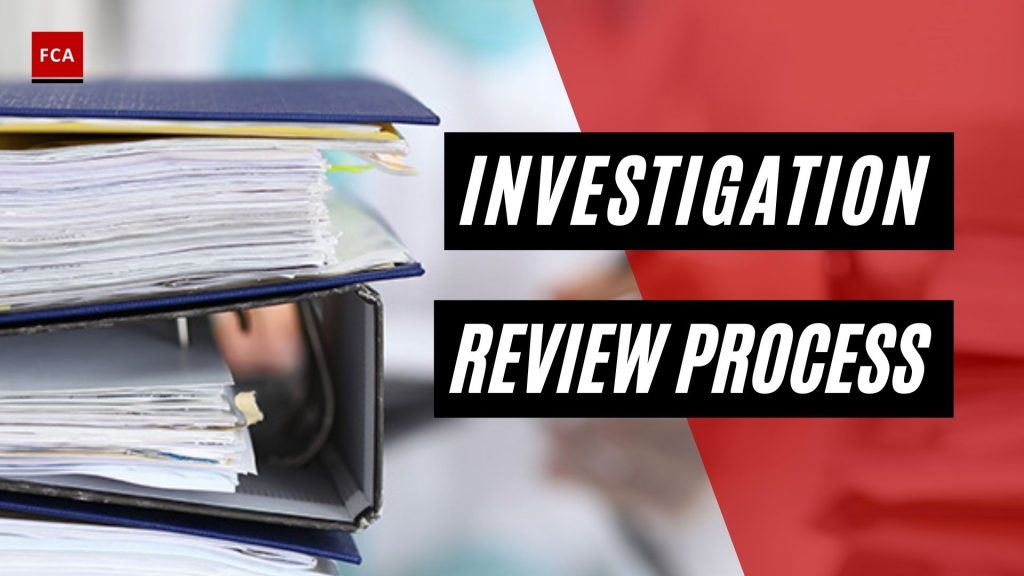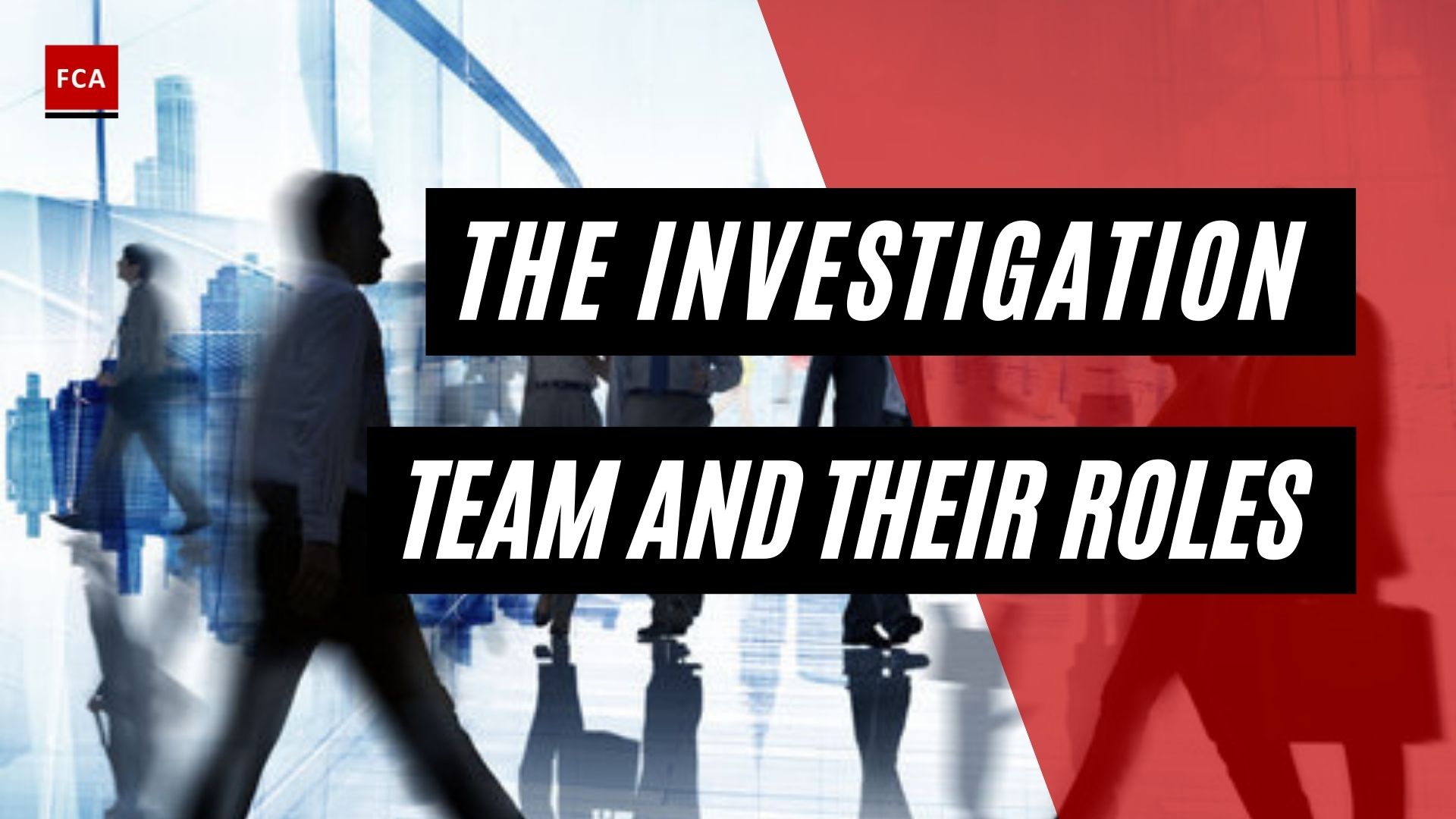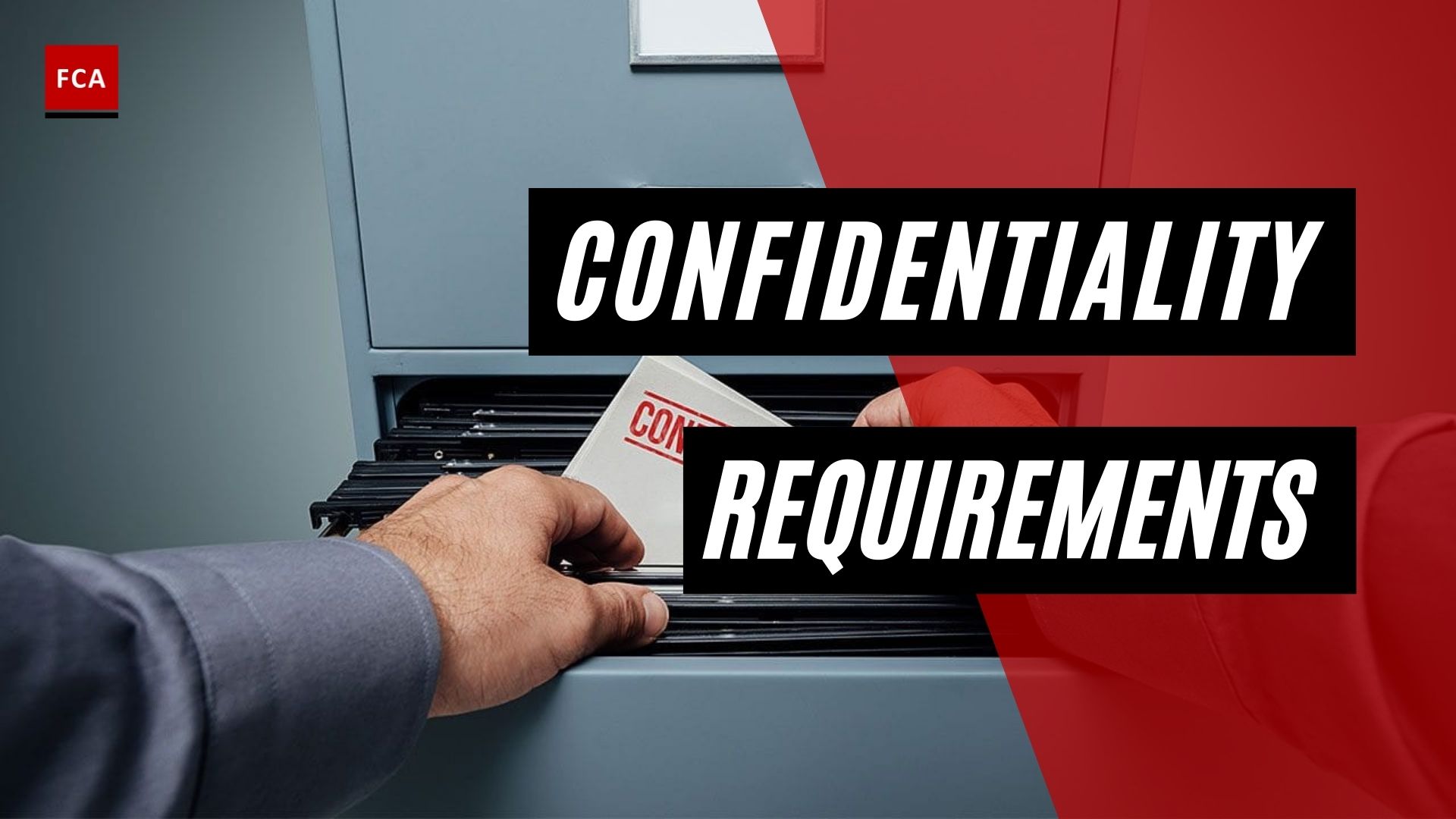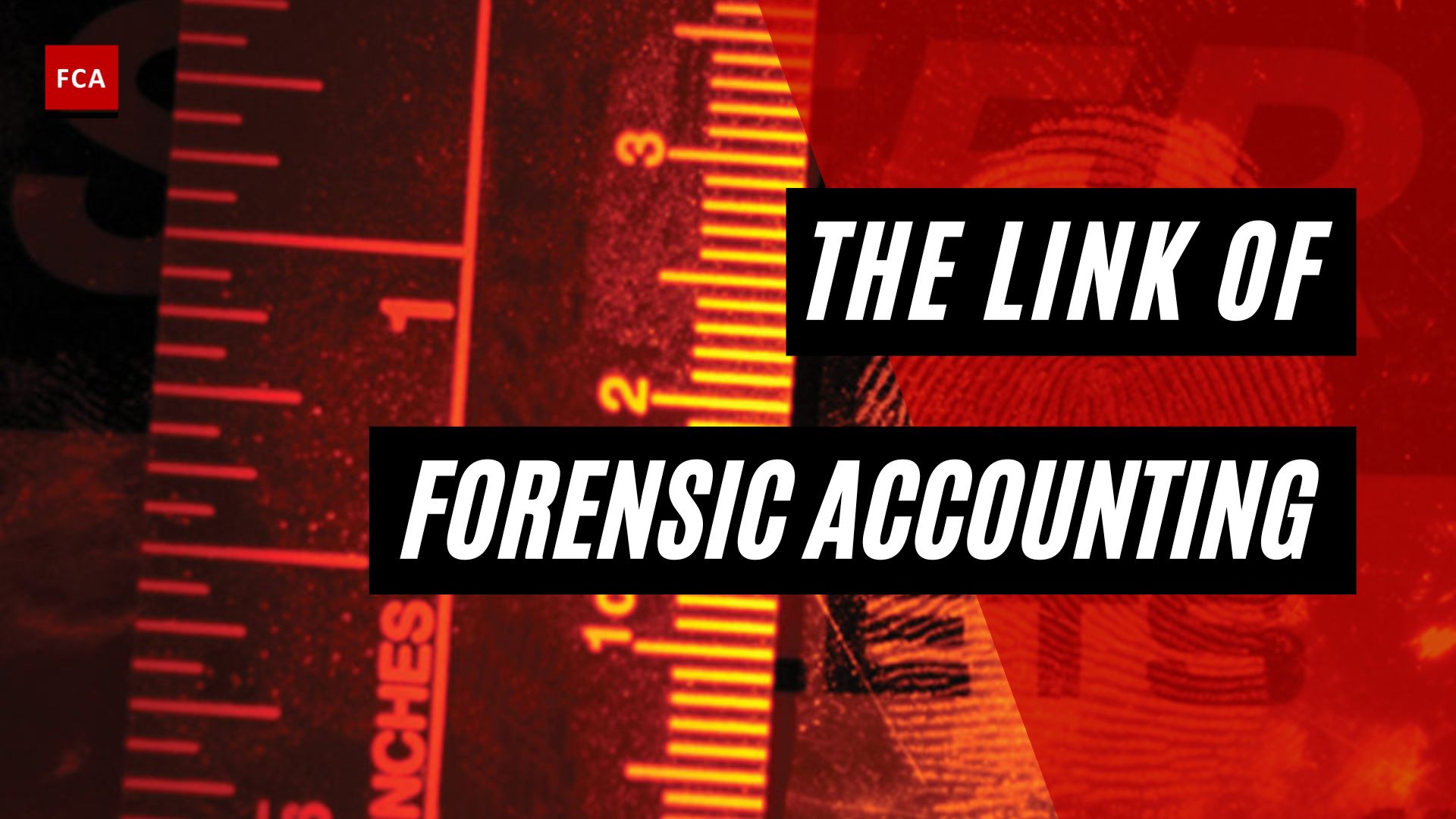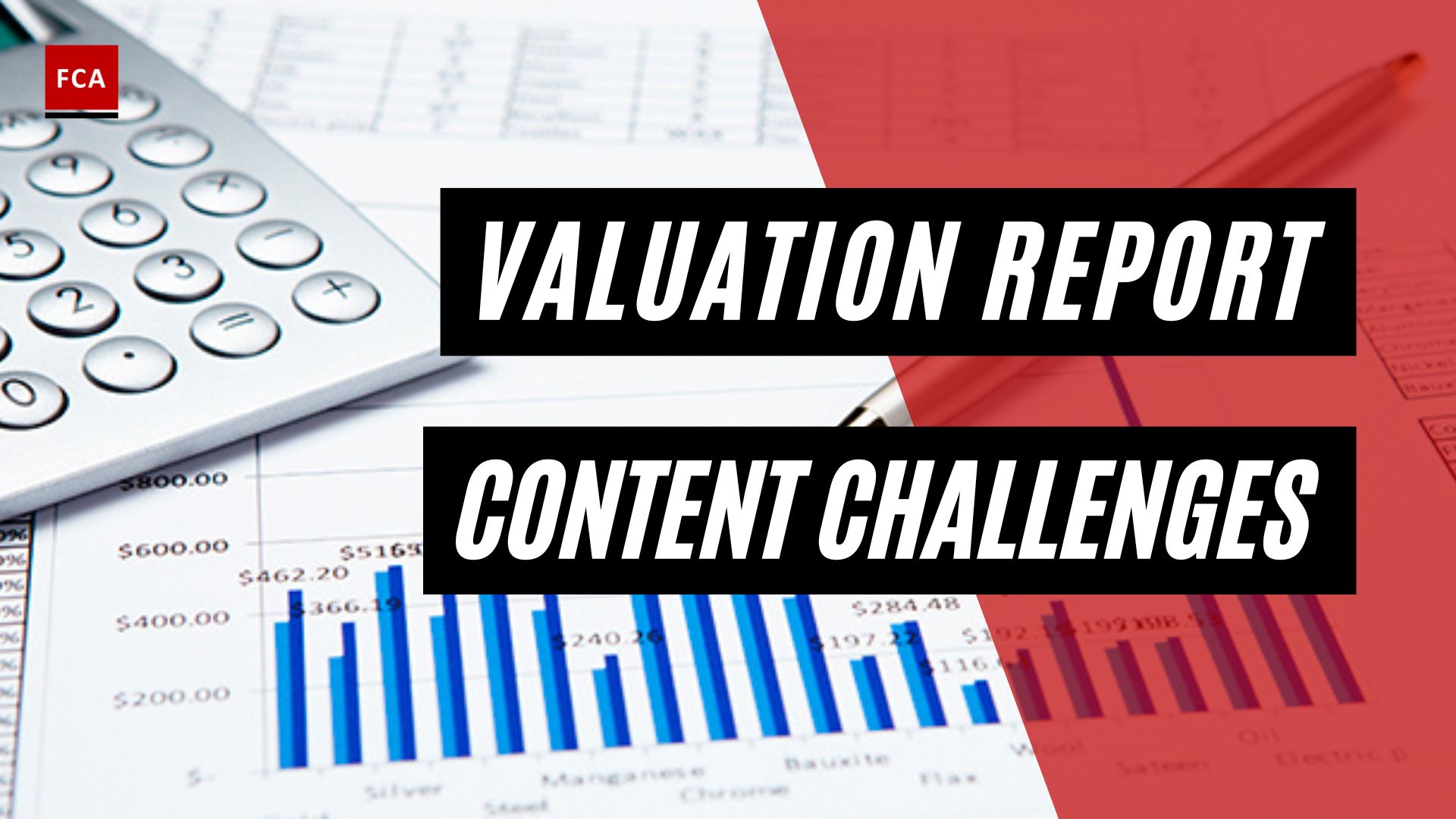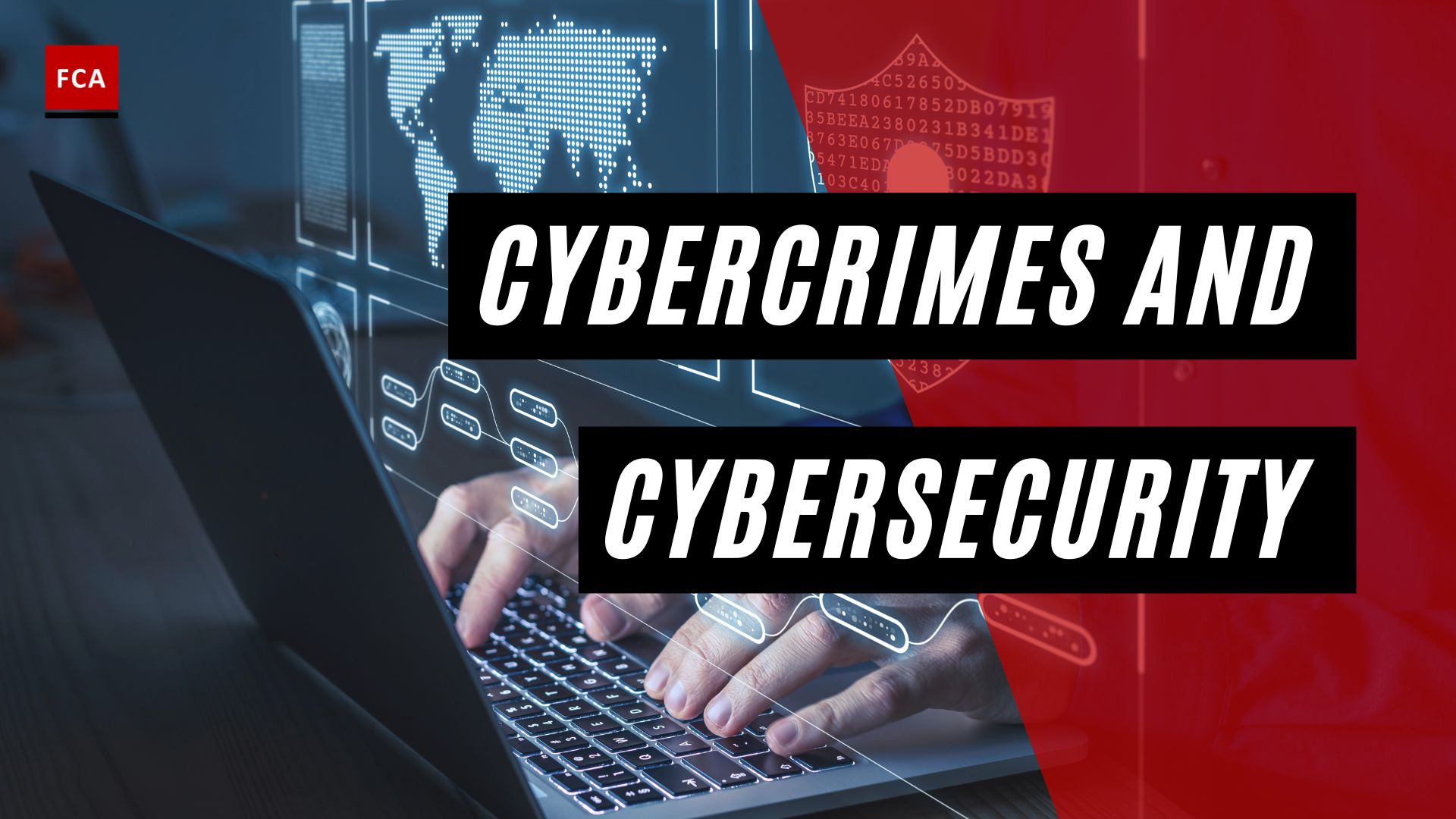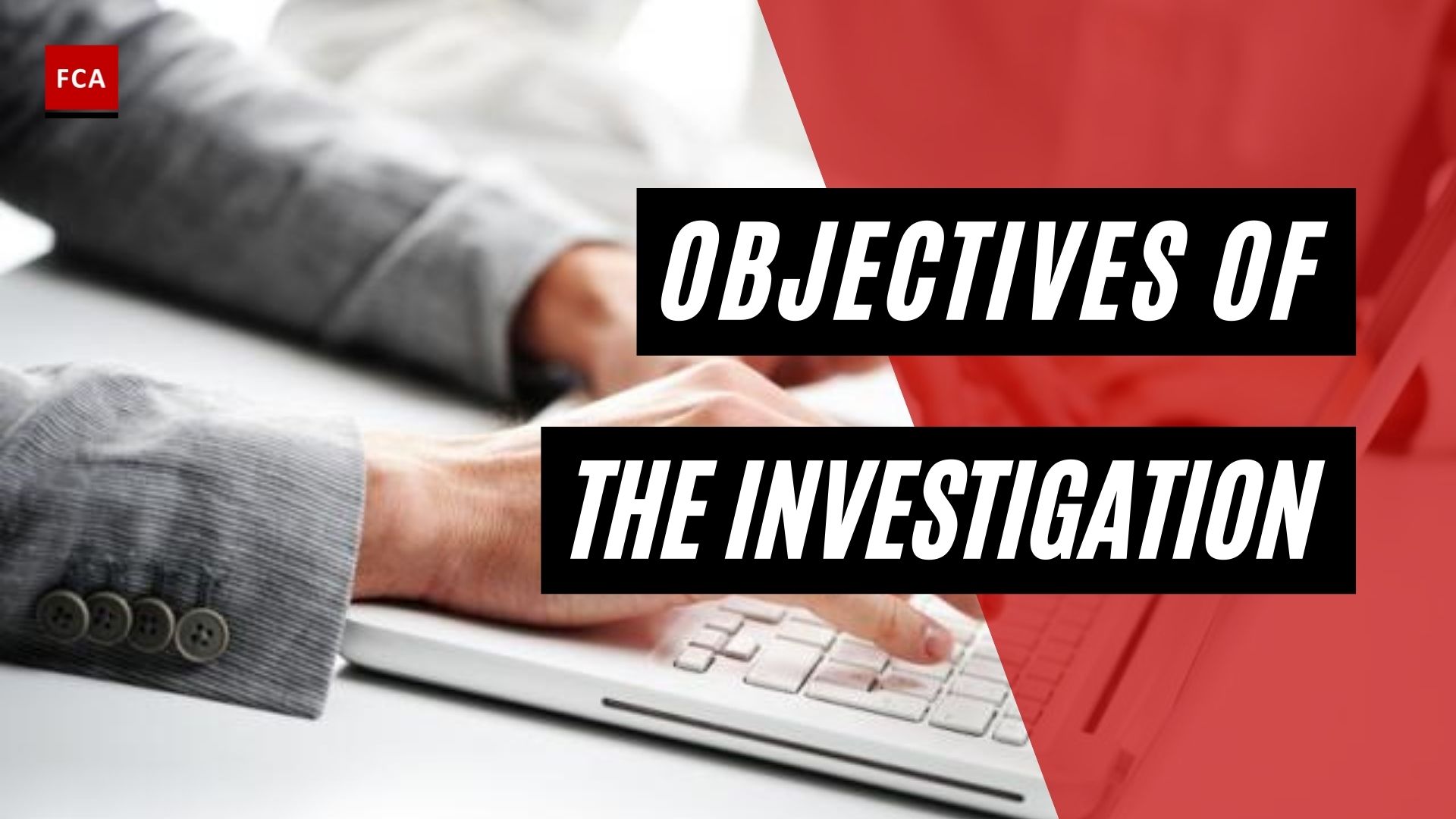Investigation review process. Once the investigation is done, the investigator will conduct a complete and thorough analysis and review of the facts, statements, and evidence compiled in a comprehensive report. A review of the complete procedure is important to find any shortcomings and summarize the complete process. Reviewing the investigation clarifies any suspicion and makes it fairly easy to conclude. It opens new perspectives and increases success rates.

Investigation Review Process
Appropriate review strategies should be adopted. Sometimes experts may be hired to properly assess the methodology and subsequent delivery of the investigation. Looking at factors such as the framing of the investigation, the use of investigation powers, the investigation plan, and handling of interviews and evidence.
If there are flaws somewhere in the method, the review should be able to advise ways to rectify them. The timing of the review is also very important. It should be done immediately after the investigation and should not be delayed.
The investigative findings will be provided to the appropriate department and administrator to determine whether corrective or disciplinary actions should be taken. Any corrective or disciplinary conduct taken against an employee will be under the terms of the applicable state employee agreement.
The office of quality assurance and financial compliance will provide written notification to all relevant parties of the conclusion of the investigation and, where appropriate, the outcome of the investigation to the extent permitted by law.
Privacy and confidentiality laws prohibit disclosure of investigative findings involving employee matters, medical records, and non-directory student information.
Preliminary
The first step is usually a preliminary fact-finding stage to determine whether the complaint contains enough information to warrant an investigation. Suppose the complaint is better addressed by another area, such as Human Resources for personnel issues, Student Affairs for student issues, the Office of Affirmative Action for harassment issues, or UPD for criminal issues. In that case, it is forwarded to the appropriate area.
Following the preliminary review, assistance from the unit head, the university’s general counsel, or the university police department may be requested. Each investigation requires assigned Office of Internal Affairs or OIA personnel to document their independence from the issues at hand.
Fact-Finding
Procedures for gathering facts and evidence should be as objective as possible. Employee interviews are conducted on an as-needed basis. When possible, evidence should be gathered from sources other than the unit or the subject employee.
Reporting At The Conclusion
A report is sent to the appropriate management and, if necessary, to the prosecuting officials. A verbal report, a memorandum, a letter, a formal written report, or an electronic response are all examples of reports. The requirements of the Get Lean hotline and whistleblower investigations are met. The final report, in whatever format it takes, should thoroughly cover all aspects of the investigation.
Final Thoughts
The first step is usually a preliminary fact-finding stage to determine whether the complaint contains enough information to warrant an investigation. If the complaint is better addressed by another area, such as Human Resources for personnel issues, Student Affairs for student issues, the Office of Affirmative Action for harassment issues, or UPD for criminal issues, it is forwarded to the appropriate area.
Following the preliminary review, assistance from the unit head, the university’s general counsel, or the university police department may be requested. Each investigation requires assigned OIA personnel to document their independence from the issues at hand.

